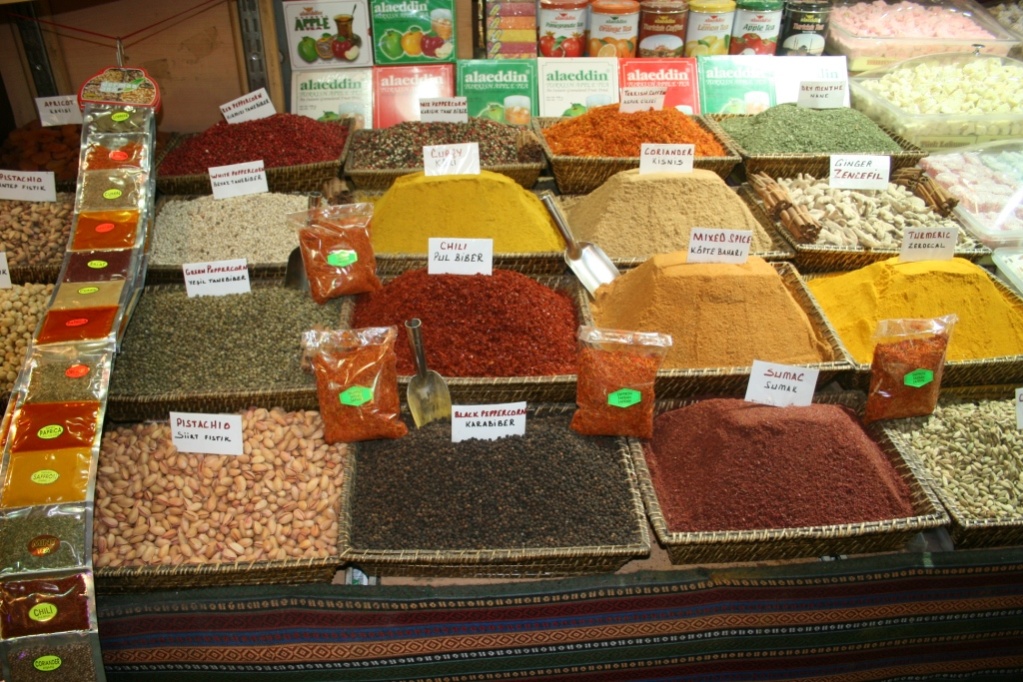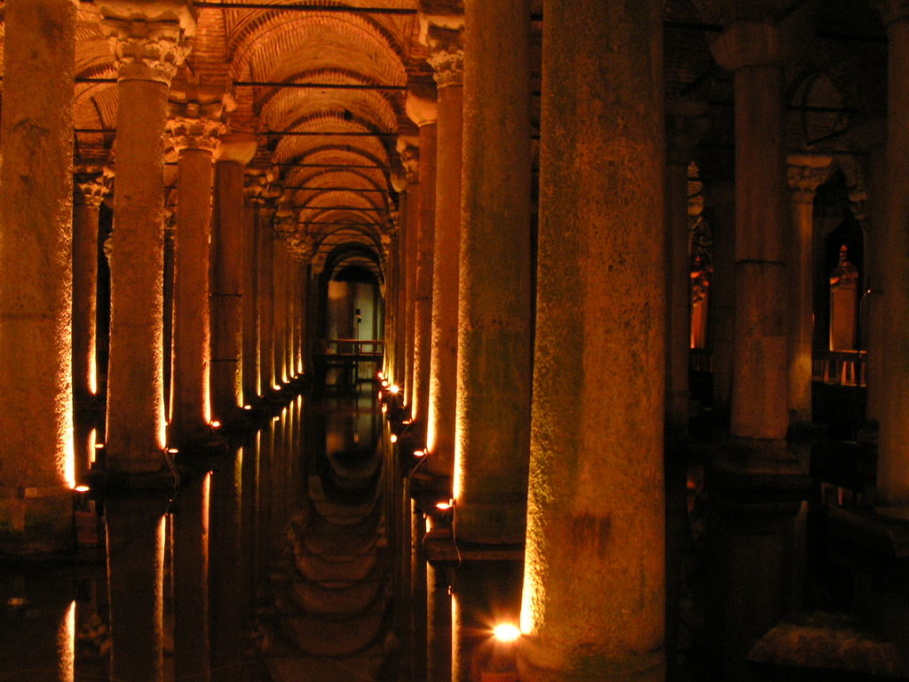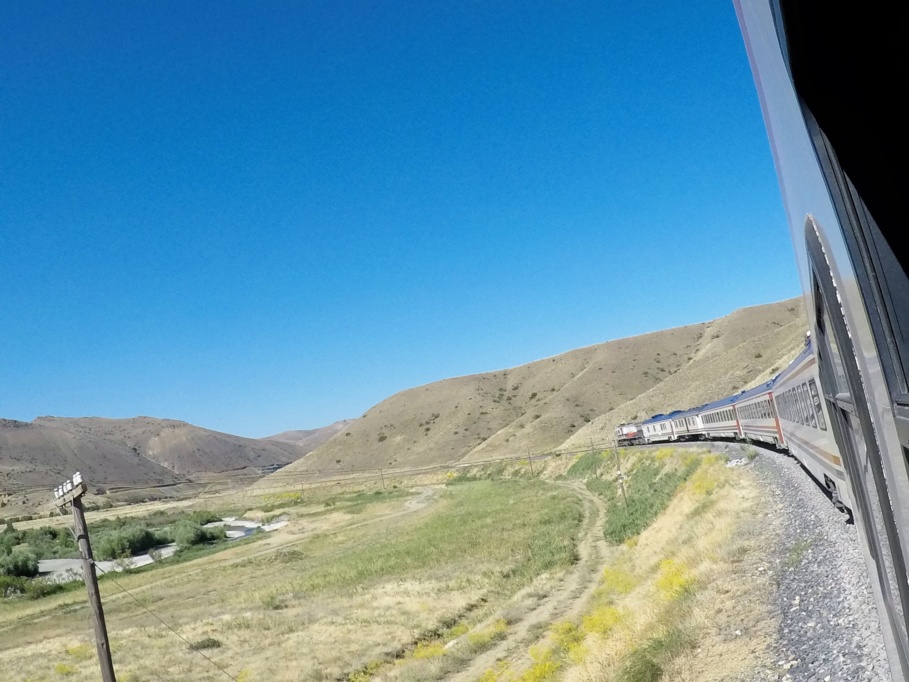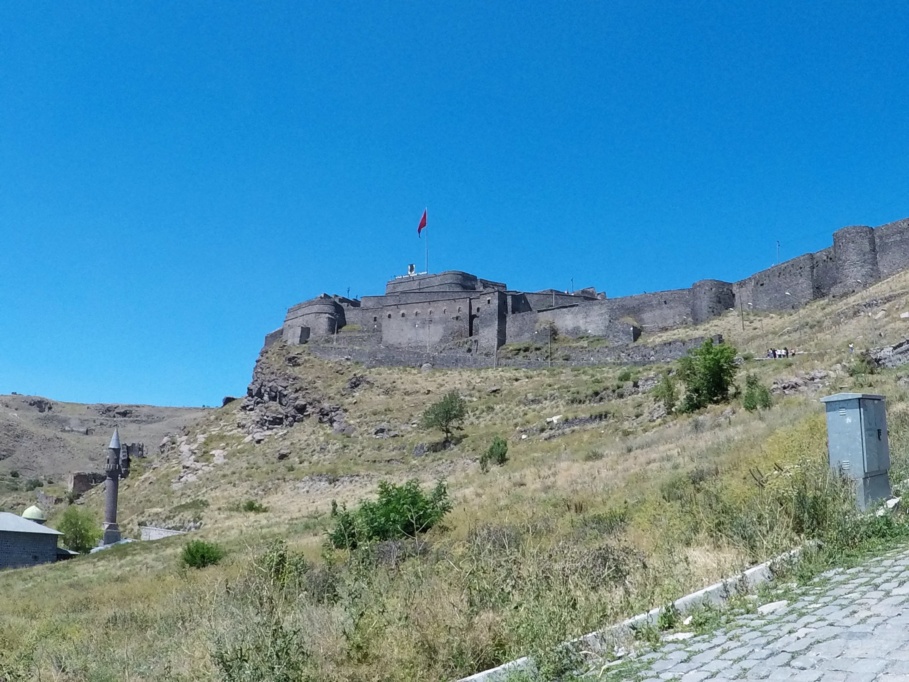Istanbul Turkey Travel Guide A Vagabond Life
Embark on a journey to Istanbul, where the past and present converge in a mesmerizing dance along the banks of the Bosphorus. Turkey’s cultural capital, Istanbul, weaves together centuries of history, blending the remnants of Byzantine, Roman, and Ottoman empires into a vibrant tapestry. As you stroll through the bustling markets of the Grand Bazaar or marvel at the architectural magnificence of the Hagia Sophia and Blue Mosque, each step in this city feels like a walk through time.
Situated strategically between Europe and Asia, Istanbul is not merely a city; it’s a bridge between continents. The iconic Bosphorus Strait serves as a symbolic divider, connecting the ancient neighborhoods of Sultanahmet and the modernity of Beyoğlu. The city’s diverse neighborhoods offer a kaleidoscope of experiences, from the lively street life of Kadıköy to the artistic ambiance of Karaköy.
Istanbul’s culinary scene is a feast for the senses, where the aromas of kebabs and spices linger in the air. The warmth of Turkish hospitality is evident in the tea houses and baklava-filled cafes that invite you to savor both the flavors and the conversations. Istanbul is not just a destination; it’s an immersive odyssey, a journey through time, culture, and the vibran
Istanbul Turkey Map
Getting To Istanbul Turkey
By Air
The most common way to reach Istanbul is by air. Istanbul has two major airports: Istanbul Airport (IST) and Sabiha Gökçen International Airport (SAW). Istanbul Airport, the newer and larger of the two, is situated on the European side of the city and serves as a major international hub. It offers flights from major cities around the globe and is approximately 40 kilometers from the city center. Sabiha Gökçen International Airport, located on the Asian side, handles both domestic and international flights and is about 50 kilometers from central Istanbul. Both airports are well-connected to the city by public transportation, including buses, taxis, and airport shuttles.
By Train
Traveling to Istanbul by train is a scenic and comfortable option, especially if you’re coming from other parts of Turkey or neighboring countries. The city is connected by rail to various destinations, with the main train station being Istanbul’s Sirkeci Station on the European side. The high-speed train services from Ankara and other cities offer a convenient travel experience. For international travelers, the historic Orient Express routes and other connections offer a nostalgic journey into the city.
By Bus
Long-distance buses are a cost-effective and popular way to travel to Istanbul from other parts of Turkey and nearby countries. The city’s main bus terminal, Esenler Otogar, is well-connected with various regional and international routes. Buses offer comfort and convenience, with many services providing amenities such as Wi-Fi and refreshments.
By Car
Driving to Istanbul is an option for those who enjoy a road trip. The city is accessible via major highways from various parts of Turkey and Europe. However, be prepared for heavy traffic, particularly during peak hours, and ensure you’re familiar with local driving regulations and parking options.
Getting Around Istanbul Turkey
Public Transportation
Istanbul boasts an extensive public transportation network that includes buses, trams, metro lines, and ferries. The Istanbulkart is a rechargeable smart card that provides access to all forms of public transport. It can be purchased and topped up at kiosks and vending machines throughout the city.- Metro: The Istanbul Metro system is efficient and connects many key areas of the city, including popular neighborhoods and major attractions.
- Trams: The historic tram line on Istiklal Street and the modern tram system offer scenic and convenient travel through central Istanbul.
- Buses: Buses cover areas not served by the metro and are a good option for reaching more remote destinations.
- Ferries: Ferries provide a scenic way to travel between the European and Asian sides of the city, offering stunning views of Istanbul’s skyline.
Taxis and Ride-Sharing
Taxis are readily available throughout Istanbul and can be hailed on the street or booked via phone. The taxis are generally reliable, but it’s wise to ensure the meter is running or agree on a fare before starting your journey. Ride-sharing services like Uber and BiTaksi are also popular and offer a convenient alternative to traditional taxis.Walking
Istanbul’s historic areas, such as Sultanahmet and Beyoğlu, are best explored on foot. Many of the city’s most famous landmarks, including the Blue Mosque, Hagia Sophia, and Topkapi Palace, are within walking distance of each other. Wandering through the streets allows you to fully immerse yourself in the city’s vibrant atmosphere and discover hidden gems.Cycling
Cycling is becoming increasingly popular in Istanbul, especially along dedicated bike lanes and scenic routes. Several rental services offer bikes for tourists who wish to explore the city on two wheels. Be aware that Istanbul’s terrain can be hilly, and traffic can be busy, so cycling may be best suited for experienced riders.Guided Tours
For a more structured exploration of the city, consider joining a guided tour. Options range from walking tours of historic neighborhoods to boat tours along the Bosphorus. Guided tours provide insights into Istanbul’s rich history and culture, making them an excellent choice for first-time visitors.Things To See & Do In Istanbul Turkey
Blue Mosque (Sultan Ahmed Mosque)
The Blue Mosque, officially known as the Sultan Ahmed Mosque, is one of Istanbul’s most iconic landmarks and a marvel of Ottoman architecture. Built between 1609 and 1616 during the reign of Sultan Ahmed I, this grand mosque is renowned for its stunning design and historical significance.
The mosque is often referred to as the “Blue Mosque” due to the intricate hand-painted blue tiles that adorn its interior, creating a serene and enchanting ambiance. These tiles, crafted with delicate floral and geometric patterns, reflect light beautifully, enhancing the mosque’s ethereal atmosphere.
Architecturally, the Blue Mosque is a masterpiece with its five main domes, six towering minarets, and eight secondary domes. This striking combination of domes and minarets creates a harmonious and majestic silhouette against the Istanbul skyline. The mosque’s vast prayer hall, adorned with marble, stained glass, and ornate chandeliers, is designed to accommodate the daily prayers of the faithful and the weekly Friday congregational prayers.
Despite its historical and architectural grandeur, the Blue Mosque remains an active place of worship. Visitors are welcome to explore its beauty outside of prayer times, but it’s important to respect the mosque’s religious functions and dress modestly. Overall, the Blue Mosque stands as a testament to the artistic and architectural achievements of the Ottoman Empire, making it a must-visit for anyone exploring Istanbul.
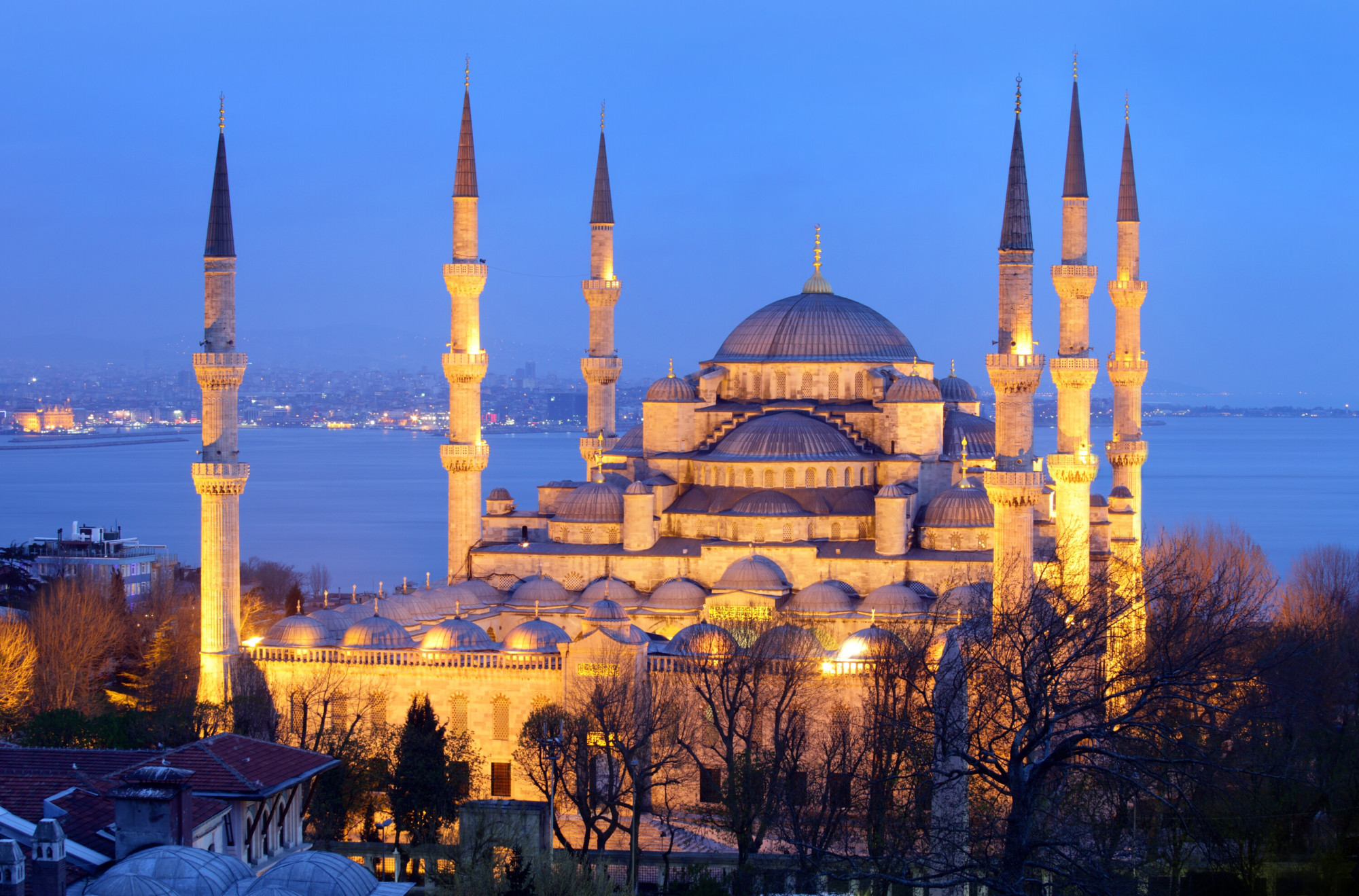
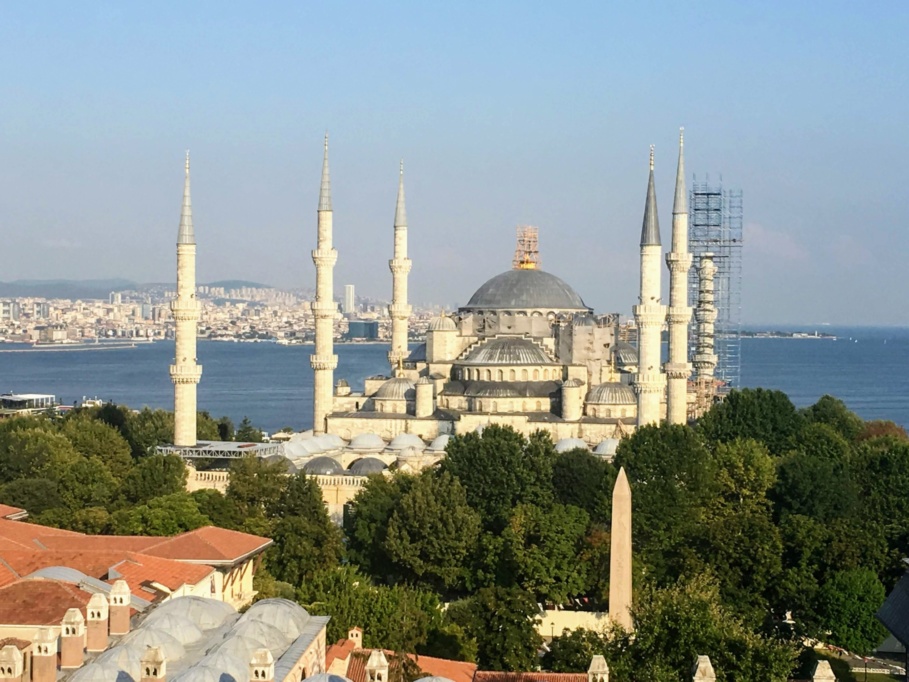
Topkapi Palace
Topkapi Palace, a magnificent historical complex set in lush gardens overlooking the Bosphorus, offers a captivating glimpse into the opulent world of the Ottoman Empire. Constructed in the 15th century, it served as the primary residence and administrative headquarters of the Ottoman sultans. Its strategic location on the Bosphorus strait not only provided stunning views but also played a crucial role in the empire’s governance.
The palace is vast, encompassing four main courtyards and numerous smaller buildings, each rich with history and architectural beauty. The first courtyard, known as the Imperial Gate, introduces visitors to the palace grounds, while the subsequent courtyards reveal various aspects of Ottoman life, including administrative buildings and ceremonial halls.
A highlight of any visit is the Harem, the private quarters where the sultan’s wives and concubines resided. This area offers a fascinating look into the personal lives of the Ottoman elite, with its intricate tilework and lavish rooms.
Following the end of the Ottoman Empire, Topkapi Palace was transformed into a museum in 1923. Today, it stands as a testament to the grandeur of the empire, showcasing a vast collection of artifacts, including the imperial treasury, sacred relics, and exquisite manuscripts. Exploring Topkapi Palace is a delightful way to spend a day, immersing oneself in the rich history and breathtaking surroundings of Istanbul.
Hagia Sophia
Hagia Sophia, an architectural marvel that has stood the test of time, began its storied existence in 537 AD as a Greek Orthodox cathedral. Commissioned by Emperor Justinian I, it was celebrated for its grand design and immense dome, setting a new standard for architectural innovation. During the Fourth Crusade in the 1200s, the Hagia Sophia was converted into a Roman Catholic cathedral, reflecting the shifting powers of the period.
The most significant transformation came in 1453, when the Ottoman Empire captured Constantinople and converted Hagia Sophia into a mosque. For nearly 500 years, it served as one of the largest and most important mosques in the Islamic world. It held the title of the world’s largest cathedral for 1,000 years until the Seville Cathedral was completed in 1520.
In 1935, following the establishment of the Republic of Turkey, Hagia Sophia was secularized and repurposed as a museum. This transition marked a new chapter in its history, allowing people from around the world to appreciate its rich cultural and religious heritage. Today, Hagia Sophia stands as a testament to the diverse and layered history of Istanbul, blending Byzantine and Ottoman influences in its breathtaking architecture.
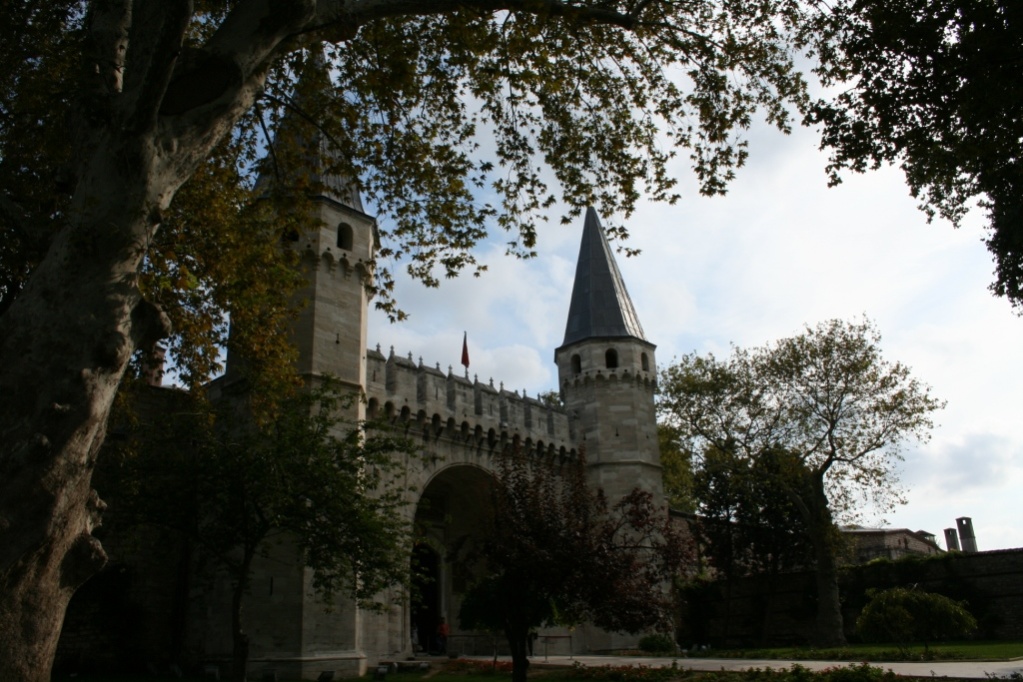
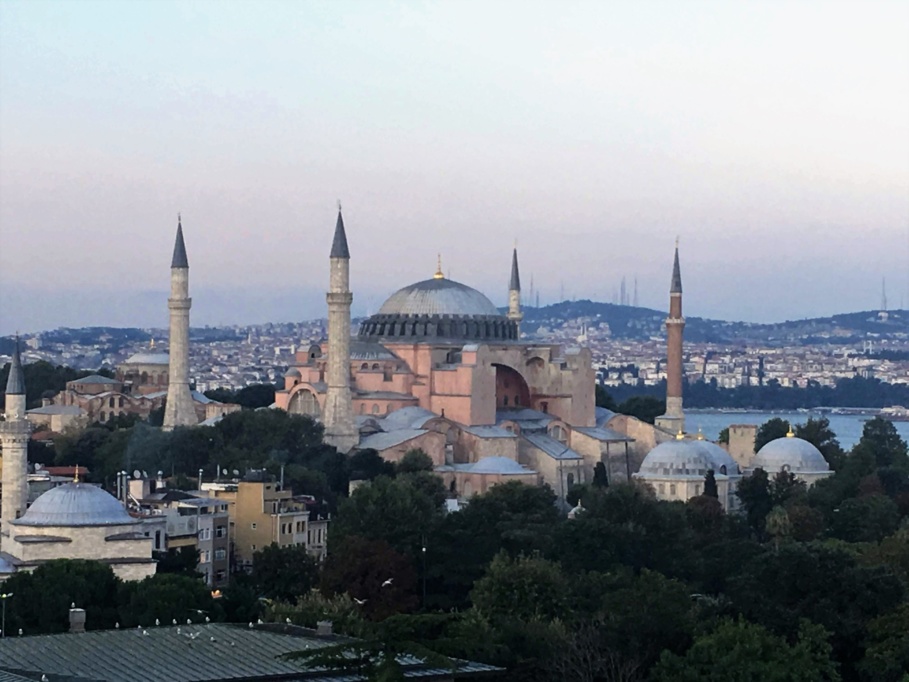
Grand Bazaar
The Grand Bazaar in Istanbul is a truly iconic destination and one of the largest and oldest covered markets in the world. Construction of this sprawling market began in 1455, shortly after the Ottomans conquered Constantinople. Over the centuries, the Grand Bazaar has weathered numerous fires and earthquakes, each time undergoing repairs to preserve its unique charm and historical significance.
Today, the Grand Bazaar attracts over 250,000 visitors daily, making it a bustling hive of activity. It is a labyrinthine wonder of more than 4,000 shops, offering everything from intricate jewelry and colorful textiles to exquisite ceramics and spices. The market’s vibrant atmosphere and historical architecture provide a rich sensory experience.
When visiting, it’s advisable to go early to avoid the crowds and truly savor the experience. Take time to explore its various sections, each offering a distinct selection of goods. Be sure to stop by one of the many cafes scattered throughout the bazaar for a traditional Turkish apple tea, a delightful refreshment that perfectly complements the market’s lively ambiance. The Grand Bazaar is not just a shopping destination but a journey through Istanbul’s rich cultural and commercial history.
Basilica Cistern
The Basilica Cistern, an awe-inspiring subterranean structure located deep beneath Istanbul, is a testament to Byzantine engineering and ingenuity. Commissioned by Emperor Justinian I and completed in 532 AD, this vast cistern was designed to supply water to the Great Palace and other important buildings in the city. Spanning an area of 9,800 square meters, it can hold up to 80,000 cubic meters of water, which was transported via an impressive aqueduct system stretching 20 kilometers away. The cistern remained hidden and largely forgotten until 1545 when it was rediscovered. Despite this, it wasn’t until the mid-1980s that extensive restoration work was undertaken to reveal its full splendor. Today, the Basilica Cistern is a captivating place to explore, especially on hot days, offering a cool respite from the bustling city above and showcasing its forest of columns and atmospheric lighting.
Galata Tower
The Galata Tower, a striking medieval stone tower in Istanbul, was constructed by the Genoese in 1348. Originally serving as a watchtower, it stood as the tallest building in Istanbul at the time of its completion. Located in the Galata quarter, just north of the Golden Horn and Bosporus junction, the tower remains a prominent landmark and offers panoramic views of the city. Its historical significance and stunning vantage point make it a must-visit destination for those wanting to capture the essence of Istanbul’s rich past and vibrant present.
